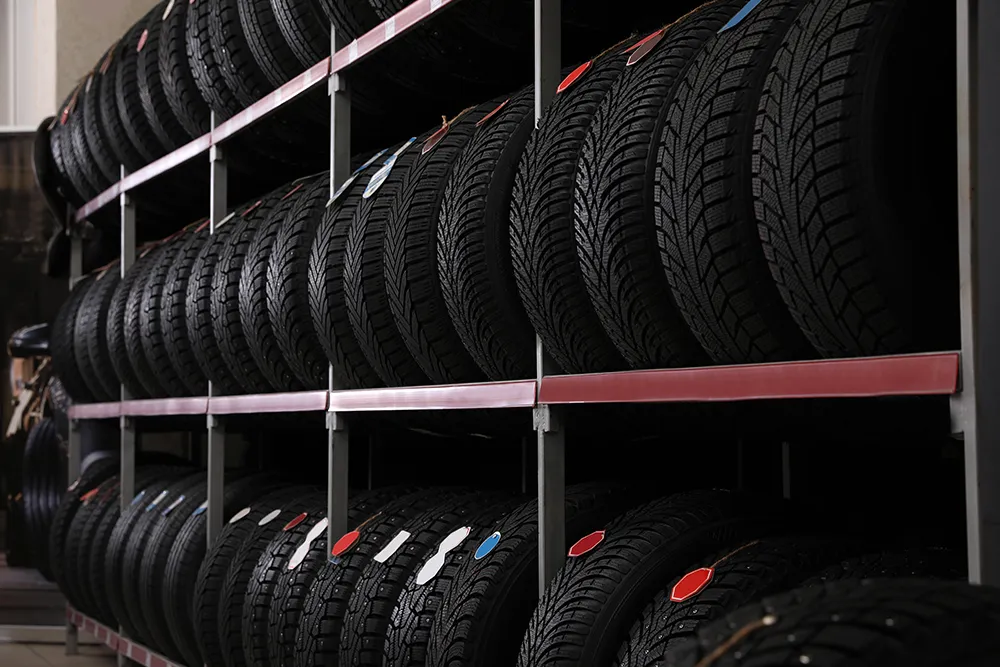As the winter chill gives way to the warmth of spring, it’s crucial to ensure that your vehicle’s tires are in top condition. The changing seasons can take a toll on your tires, so proper maintenance is essential to keep you safe on the road. In this article, we will discuss some important tips on how to maintain your tires after the harsh winter months.
1. Check Tire Pressure Regularly
One of the most important aspects of tire maintenance is checking the tire pressure regularly. Fluctuating temperatures can cause the air inside your tires to expand or contract, leading to either overinflated or underinflated tires. Both scenarios can be dangerous as they can affect your vehicle’s handling and fuel efficiency. Use a tire pressure gauge to ensure that your tires are inflated to the manufacturer’s recommended levels.
2. Inspect Tread Depth
After driving through snow, slush, and ice during the winter, it’s essential to inspect the tread depth of your tires. Worn-out treads can reduce traction, leading to a higher risk of skidding and hydroplaning. To check your tread depth, use a tread depth gauge or the penny test. If the treads are worn down to 2/32 of an inch or less, it’s time to replace your tires.
3. Rotate Your Tires
Rotating your tires regularly is key to ensuring even wear and extending their lifespan. Front and rear tires experience different levels of stress, so rotating them helps distribute the wear more evenly. Consult your vehicle’s owner’s manual for the recommended tire rotation pattern, or visit your local auto repair shop to have it done by professionals.
4. Wheel Alignment
Winter road conditions can contribute to misaligned wheels, causing uneven tire wear and affecting your vehicle’s handling. If you notice your vehicle pulling to one side or experiencing vibrations, it’s time to have your wheels aligned. A proper wheel alignment will not only prolong the life of your tires but also improve your driving experience.
5. Visual Inspection
Regularly inspecting your tires for any signs of damage is crucial for your safety. Look for cuts, bulges, cracks, or foreign objects embedded in the tires. If you notice any of these issues, have your tires inspected by a professional to determine if they can be repaired or if they need to be replaced.
6. Clean Your Tires
After months of driving on salt and brine-treated roads, it’s essential to clean your tires to prevent corrosion and damage. Use a mild detergent and a tire brush to scrub off any dirt, grime, and salt residue. Cleaning your tires not only helps maintain their appearance but also prevents premature aging.
7. Store Winter Tires Properly
If you switch to summer tires during the warmer months, make sure to store your winter tires properly. Clean the tires, let them dry completely, and store them in a cool, dry place away from direct sunlight and sources of heat. Consider using tire bags to protect them from dust and debris.
By following these tips on spring tire care, you can ensure that your tires are in optimal condition for the upcoming driving season. Remember that proper tire maintenance not only enhances your safety on the road but also prolongs the life of your tires, saving you money in the long run.
Final Thoughts
Taking care of your tires after winter is essential for your safety and the performance of your vehicle. By following these simple maintenance tips, you can enjoy a smooth and safe driving experience as you transition into spring. Remember, when in doubt, always consult a professional mechanic or tire specialist for guidance on tire maintenance and replacement.


